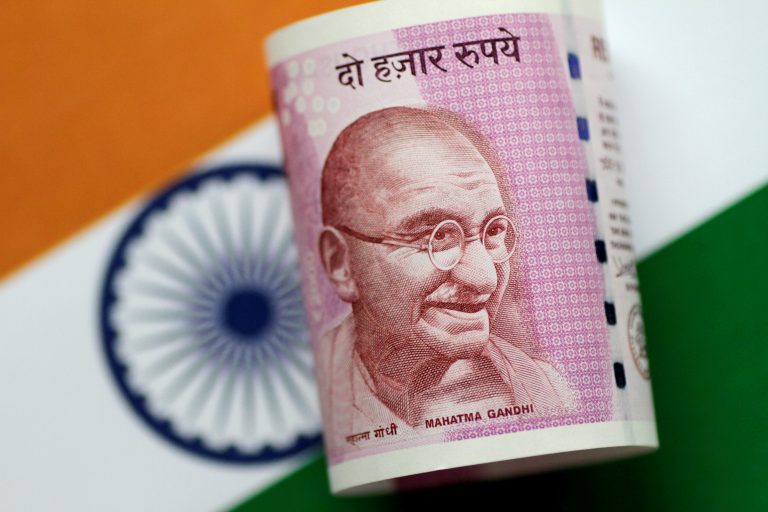Total goods and services tax (GST) collections during the financial year (FY) 2018-19 was Rs 11.8 lakh crore, with a monthly average of Rs 98,114 crore. Average collection for FY 2018-19 was 9.2 percent higher than the collections made during FY 2017-18, wherein the average collection was Rs 89,885 crore a month.
The upward trend continued with a record April ’19 collection of Rs 113,865 crore after breaching the Rs 1 lakh crore mark in January and March 2019 as well. This must give confidence to the government that GST is now stabilising and with several tightening measures taken, the growth should continue in FY 19-20 and beyond.
It is important to note that a growth of around 20 percent has been projected for GST collections in FY 2019-20 (over FY 2018-19). However, even the highest ever GST collection in April 2019 is only 10 percent more than the corresponding period of the previous year (April 2018).
This is going to be a challenge as the economy is expected to grow around 7 percent and there is limited room for any rate increase.
Therefore, for the government getting back into power, the task is cut out. They may need to look at the following measures for achieving the ambitious GST collection target:
Track down on tax evaders
The government came out with E-way Bill system last year with the objective to curb tax leakages. Through this system, the government by far has been able to keep a check on the unaccounted supplies, where the consignments moved without being reported as a taxable transaction. The authorities have started issuing notices to taxpayers seeking explanations for discrepancies in data they have reported in GST returns vis-à-vis the E-way Bill portal.
The government is also exploring the possibility of implementing electronic invoicing under GST, wherein the businesses will have to issue B2B invoices via the GSTN portal and relevant data shall be available instantly with the authorities. A committee has been constituted to study the models in various countries and implement this mechanism in India.
The new GST return filing system is also expected to be implemented from July 2019, wherein the input tax credit shall be limited (after the transition period) to the extent it is reflected on the GST return portal, as against current practice of claiming credits on self-assessment basis.
Exchange of data between various the tax authorities is also becoming a reality, with Central Board of Direct Taxes (CBDT) recently issuing an Order allowing sharing of information with the Goods and Services tax Network (GSTN). This shall mean that the authorities can now reconcile transactions reported by businesses in Income tax returns vis-à-vis GST returns.
All these are steps in the right direction towards plugging tax leakages, which in effect should lead to a wider tax base and increased revenue collections for the government.
Incentivising consumers
Tax evasion is more rampant in B2C segment. Across the globe, governments are looking at incentivising the end consumers to create a more compliant tax eco-system. Such incentives may be in the form of say cash incentives or discounts to consumers who seek invoices from the suppliers or even a rebate in Income tax basis total amount of GST paid on procurements made during the year, etc.
The government may need to consider similar measures, along with promoting digital payments. The increased consumer awareness may help the government in expanding tax base by increased compliance, leading to enhanced GST collections.
Tightening of tax administration
GST audit and assessment is an integral part of GST compliance system with the primary objective to bridge the gap between tax declared and legally due. Robust audit/ assessments shall not only maximize revenue collection but also ensure voluntary compliance by providing taxpayers a reasonable chance to pay undeclared tax, along with interest and penalties.
With GST about to complete 2 years of its implementation, tax authorities may soon start with audit and assessments to contribute towards achieving the revenue target.
It, however, needs to be ensured that an ambitious GST collection target does not lead to high pitched audits/ investigations leading to increased paperwork and avoidable litigation. If there is a course correction required to taper down the GST collection target, upcoming Union Budget provides a good opportunity to the Government.
Pratik Jain (National Leader, Indirect Tax, PwC) with inputs from Sumit Bansal (Associate Director, Indirect Tax, PwC).
Published On : 24-05-2019
Source : CNBCTV

